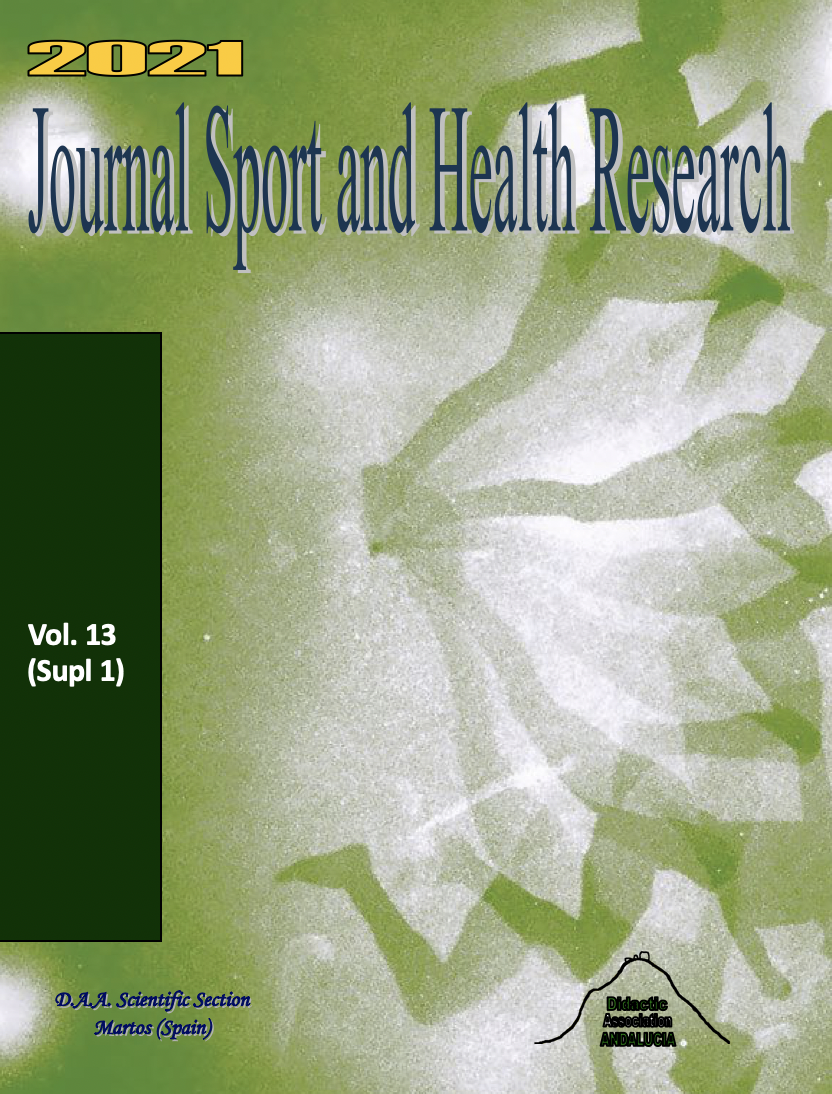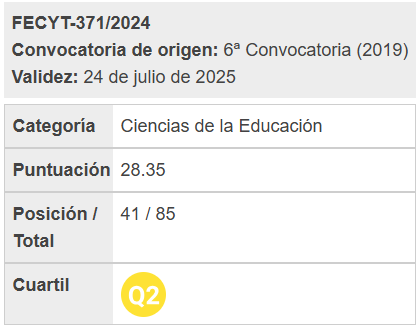PROTOCOLO PARA VALORACIÓN DE DÉFICIT MOTOR ORIENTADO A LA PREVENCIÓN DE LESIONES EN FÚTBOL FORMATIVO: SEMÁFOTO MOTOR UMEDEP-USACH
Resumen
Las lesiones son un problema recurrente en el deporte y particularmente en el fútbol, su prevención es compleja dada su multicausalidad. El objetivo del presente trabajo es validar un protocolo para detectar déficit motores, con asociación a riesgo de lesiones. El protocolo consiste en una batería de pruebas seleccionadas de la literatura, orientadas a determinar rangos de movimiento, regímenes de actividad muscular y estabilidad. Se trata de un estudio descriptivo correlacional. Se evaluó a 34 futbolistas juveniles entre 15 y 19 años de un Club de primera división de fútbol. Se analizó la posible relación entre la puntuación obtenida en el Protocolo (Semáforo) y el número de consultas médicas traumatológicas realizadas por motivos de lesiones sin contacto durante el año previo a la medición. Los resultados definieron una mediana/IQR 4/ 2 a 6 en atenciones médicas y 37,5/ 35 a 40, como puntuación en el semáforo (máximo de 48 puntos). Se clasificó en Verde (bajo déficit motor), amarillo (medio déficit motor) o rojo (alto déficit motor) según el puntaje obtenido. El análisis de correlación Spearman (rho) determinó un valor de correlación negativa rho, - 0.74; (p<0.0000). RO de 0.54 (r= -0,71) y un r2 = 0,52. Este resultado indica la existencia de una correlación negativa alta entre el puntaje y el número de atenciones en consultorio de traumatología deportiva, validando la posible utilización de esta prueba en el fútbol formativo.





